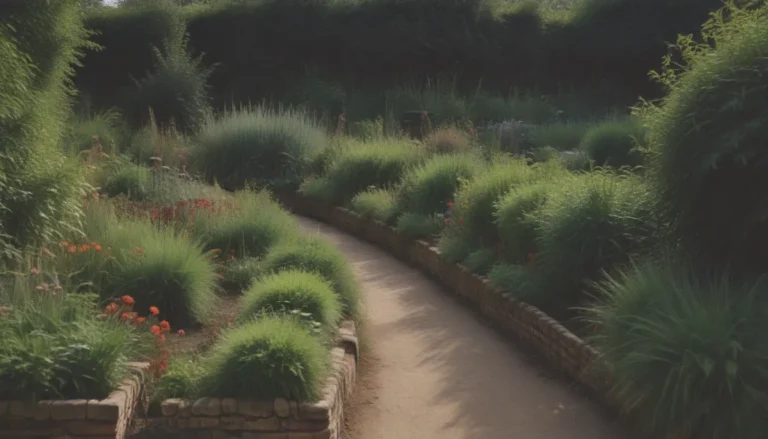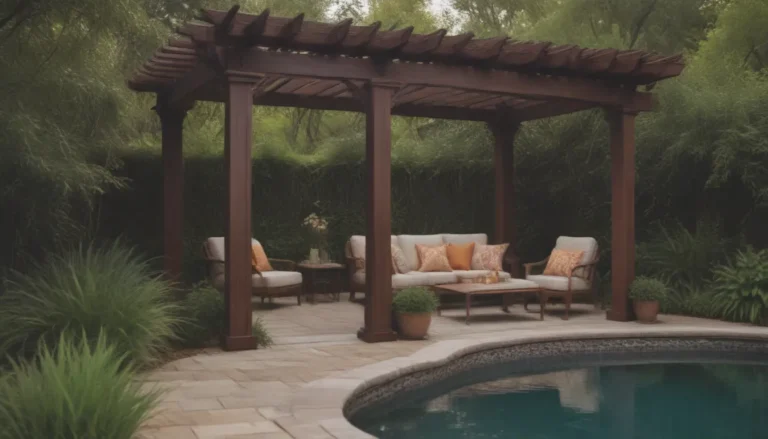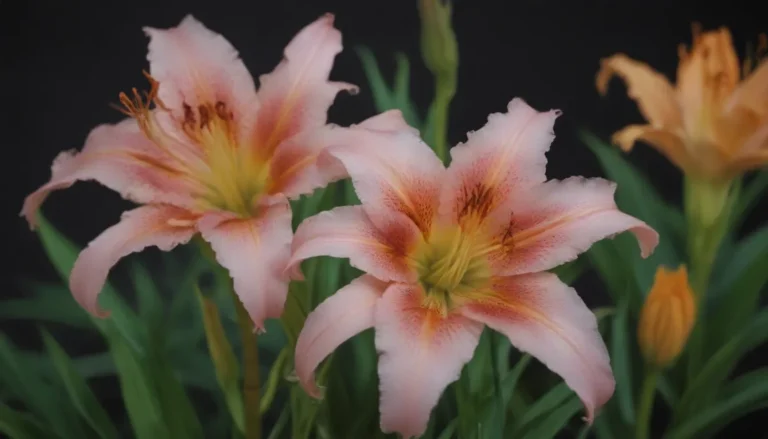Blue Orchids: Facts and Care Tips

Orchids are renowned for their exquisite beauty, captivating enthusiasts and novices alike with their unique and intricate flowers. However, the allure of the blue orchid leaves many wondering – are they real? While the concept of blue orchids may seem elusive, there are both naturally occurring blue orchid species and artificially dyed blue orchids commonly found in floral departments. Let’s delve deeper into the world of blue orchids to unravel the facts and care tips for these captivating blooms.
Natural vs. Artificial Blue Orchids
The debate surrounding blue orchids revolves around the distinction between naturally occurring blue orchids and artificially dyed ones. While rare species of blue orchids do exist in nature, such as Vanda coerulea and Dendrobium cyanocentrum, the blue orchids typically found in retail stores are often white phalaenopsis orchids that have been injected with patented dye solutions to achieve a vibrant blue hue. It is essential to understand this difference before purchasing a blue orchid, as the dye-infused blooms are a temporary novelty and not a true representation of a naturally blue orchid.
Creating Blue-Flowered Orchids
The process of creating artificially blue-flowered orchids involves injecting patented dye solutions into the flower spike of white phalaenopsis orchids. This technique results in the striking blue coloration that captivates many orchid enthusiasts. However, it is important to note that the depth of the blue hue can vary depending on when the dye is injected – earlier injections produce a darker blue, while later injections result in lighter shades.
Things to Know About Blue Orchids:
- Blue is a rare color in the plant kingdom, with only a small percentage of plants naturally producing blue flowers.
- Efforts to genetically modify plants for blue blooms have yielded limited success.
- The artificially blue-phalaenopsis orchids available in retail stores are dyed rather than genetically modified.
Caring for Blue Orchids
Whether you choose a naturally blue orchid species or an artificially dyed one, proper care is essential to ensure the longevity and health of your plant. Here are some tips for caring for blue orchids:
Quick Care Tips:
- Watering: Blue orchids require frequent watering, especially in hot weather. Aim to water three to four times a week, reducing to twice a week during cooler months.
- Sunlight: Ensure your blue orchid receives direct sunlight for at least one to three hours per day to promote healthy growth and blooming.
- Temperature and Humidity: Maintain a temperature range of 65-75 degrees Fahrenheit during the day and 55-65 degrees Fahrenheit at night. Keep humidity levels between 40-85% for optimal orchid health.
Additional Care Considerations:
- Blue-dyed orchids may require more water than traditional orchids due to the dye infusion process.
- Use caution when handling blue orchids to prevent dye transfer, as water-based dyes can run and stain materials.
- Pay attention to signs of distress or disease in your orchid and promptly address any issues to prevent spread to other plants.
Naturally Occurring Blue Orchid Species
While artificially dyed blue orchids have garnered attention in the retail market, several rare species of naturally occurring blue orchids exist in nature. These species, native to regions in Asia, Africa, and South America, produce dazzling blue flowers that captivate orchid enthusiasts with their rarity and beauty. Some known species include Vanda coerulea, Thelymitra crinita, and Acacallis cyanea, among others.
The Growing Demand for Blue Orchids
The popularity of blue orchids, both naturally occurring and artificially dyed, continues to rise, with an increasing variety of multi-colored blooms and shades in the blue and purple spectrum becoming available in retail outlets. The introduction of blue-dyed phalaenopsis orchids in 2011 marked a turning point in the market, leading to a surge in interest and availability of these captivating blooms.
A Word on Genetically Modified Orchids
While efforts to genetically modify plants for blue blooms have faced challenges, the concept of genetically modified orchids remains a topic of interest and research. Researchers at institutions such as the University of Adelaide and Ohio State University are exploring the potential of creating genetically modified orchids with unique colors and traits for future cultivation.
In conclusion, the world of blue orchids offers a fascinating blend of natural beauty and human ingenuity. Whether you choose a naturally occurring blue orchid species or opt for the striking allure of an artificially dyed bloom, caring for these captivating flowers requires a delicate balance of knowledge and attention. By understanding the facts and care tips outlined above, you can embark on a rewarding journey into the enchanting world of blue orchids.





